What equipment do roasters need to package and sell ground coffee?
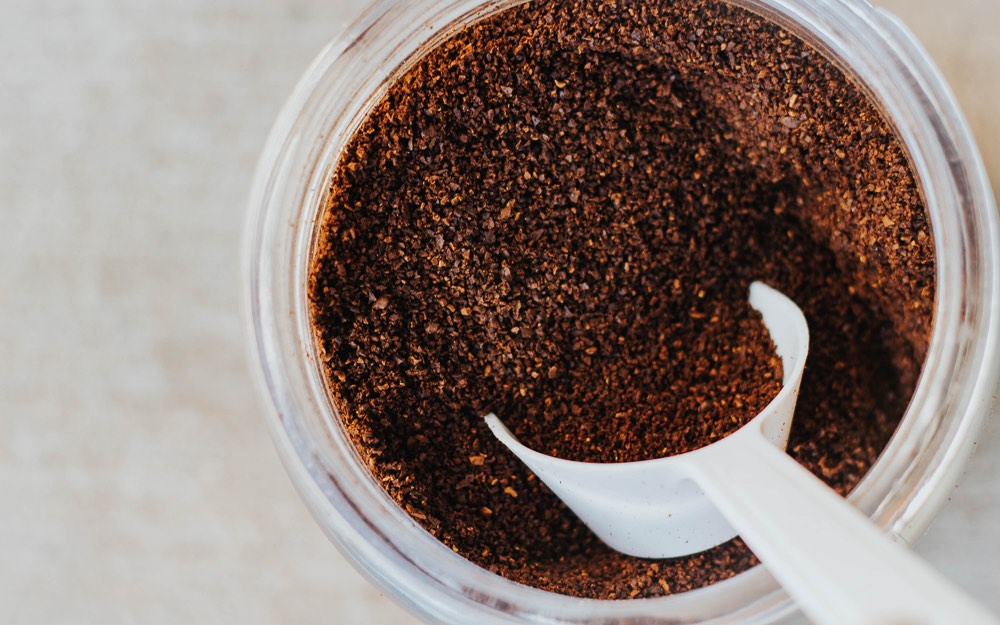
For many specialty coffee roasters, selling whole bean coffee is understandably a commercial focus. This allows consumers and wholesale buyers to grind fresh for each cup or shot.
At the same time, however, it’s also important for roasters to offer products which suit a range of customers’ needs, including pre-ground coffee. These products are ground and packaged at the roastery, before roasters sell them to consumers.
Given that ground coffee is highly sensitive to a number of environmental conditions, it’s absolutely imperative that roasters seal and package pre-ground coffee as safely and effectively as possible.
To learn more, we spoke with Gian Pietro Balboni, Process Engineer at IMF Roasters. Read on to find out more about packaging and selling ground coffee.
You may also like our article on how roasters can store and transport roasted coffee safely & effectively.
Why should roasters sell pre-ground coffee?
For near enough any specialty coffee roaster, whole bean coffee serves an important purpose. By grinding coffee just before brewing, wholesale customers and consumers alike can guarantee their coffee tastes fresher and better.
However, not all coffee consumers will have access to a grinder – or may not want to invest in one altogether.
Moreover, a US survey from 2020 found that 76% of people purchased their coffee pre-ground. While this percentage certainly varies from country to country, it’s clear that there is demand for pre-ground coffee.
It’s important to remember that convenience is a major purchasing factor for many consumers. And while price and quality are also key points to consider, some studies have found that nearly half of consumers believe convenience is more important than price when deciding where to shop.
Ultimately, for many consumers, pre-ground coffee is highly convenient. On top of that, there has also been a massive increase in the popularity of pods and capsules, as well as single-serve bags.
At the same time, however, pre-ground coffee products still need to be high-quality to make sure that consumers experience the full range of a coffee’s sensory profile.
Why do roasters need to package ground coffee safely and effectively?
Roasted coffee – whether ground or whole bean – is an unstable product. This is because many chemical reactions take place when roasters apply high temperatures to green coffee. These reactions then create irreversible changes within the cell structure of the coffee beans – and thereby help to develop its flavours and aromas.
During the roasting process, a number of gases – including carbon dioxide (CO2) – form inside coffee beans. Although the roasting process causes some CO2 and water vapour to release, the majority of it remains trapped inside the beans.
Pre-ground coffee, however, is even more unstable than whole bean. This is because when you grind coffee, it releases around 60% to 70% of its CO2 content. This is an indicator of an immediate loss of freshness.
Research has found that the amount of CO2 contained in coffee is a “physical” marker of freshness. Essentially, the more CO2 there is in coffee, the more “fresh” it is.
“Ground coffee also degrades easily when in contact with oxygen because of the oxidation process, which is the main reason for loss of freshness and aroma,” Gian says.
Considering this, it’s important that roasters implement strict protocols and procedures to protect the integrity of ground coffee. If the appropriate controls aren’t put in place, the risk of contamination, as well as the loss of quality and freshness, becomes all too prevalent.
This is mainly because when coffee is ground, the surface area of the coffee beans increases significantly. Essentially, this increases the coffee’s exposure to a number of different variables, including:
Oxygen
Heat
Sunlight
Over a long enough period of time, prolonged exposure to these factors will inevitably lead to a loss of flavour, aroma, and freshness.
Concerns about selling pre-ground coffee
Some specialty coffee roasters may be hesitant about selling pre-ground coffee at all – mainly because the challenges with freshness can be associated with a loss of quality. However, contamination is another challenge to keep in mind.
As ground coffee has a larger surface area – and therefore more exposure to elements and variables – than whole bean coffee, there are more opportunities for contamination. For instance, ground coffee will naturally absorb more moisture, odours, and flavours from its surrounding environment.
Although the roasting process is typically considered a “kill step” (the point where any potentially dangerous pathogens and microorganisms are removed from the product), ground coffee is still susceptible to contamination. This is especially true when it is stored, transported, or packaged improperly.
In light of this, roasters need to ensure that their pre-ground coffee products are stored, transported, and packaged in a way that mitigates exposure to any potential hazards.
What equipment do roasters need?
To sell high-quality pre-ground coffee products, roasters need to ensure they have the right equipment for storage, transportation, and packaging.
“Ground coffee is very sensitive to certain variables, and has a shorter shelf life,” Gian says, therefore packaging needs to elongate shelf life as much as possible.
Pre-ground coffee products are moved around a lot, ranging from handling by roasters, to transportation, to the consumers themselves.
By the time roasted coffee is ground, packaged, and then sent to the consumer, there is significant potential to lose quality.
To address these issues, roasters need to consider storage systems first.
“IMF’s ground coffee storage systems are designed to preserve freshness and quality,” Gian tells me. “We design specific storage silos which reduce any contact between ground coffee and oxygen in the surrounding environment.”
Nitrogen flushing
As exposure to oxygen is one of the primary factors which reduces the shelf life of ground coffee, some roasters flush the oxygen out of their packaging, replacing it with nitrogen.
“IMF also provides storage systems which allow nitrogen to enter the silo,” Gian explains. “This preserves more aromatic compounds during the degassing phase.
“The nitrogen-flushing system expels oxygen from the silos,” he adds. “The silos are then under controlled conditions so that there is no contact between ground coffee and oxygen for better aroma preservation.
“Our silos also have high vacuum cycles which forcibly extract CO2 from ground coffee in less time than the typical degassing phase,” he continues.
Roasteries of any size can implement systems like these, but it largely depends on their budgets.
Degassing
“Product freshness and preservation of quality are necessary to assure that residual CO2 in ground coffee is suitable for packaging,” Gian says. This is particularly important, otherwise bags can expand and rupture if the coffee hasn’t been left to degas for a sufficient amount of time.
Considering this, degassing valves can be particularly useful. These are usually contain a cap, an elastic disc, a viscous layer, a polyethylene plate, and a paper filter. As pressure builds up when CO2 gradually releases from coffee, it will eventually pass the surface tension. Following this, the viscous layer will displace the diaphragm, allowing the excess CO2 to escape.
Selling ground coffee is a successful income stream for many roasters, but it’s essential that they know how to store, transport, and package these products as effectively as possible.
Throughout this process, roasters also need a comprehensive plan for preserving freshness (and therefore quality) every step of the way – both before the coffee is roasted and ground, and afterwards.
Enjoyed this? Then read our article on how specialty roasters manage their green coffee supplies.
Photo credits: IMF Roasters
Perfect Daily Grind
Please note: IMF Roasters is a sponsor of Perfect Daily Grind.
Want to read more articles like this? Sign up for our newsletter!
The post What equipment do roasters need to package and sell ground coffee? appeared first on Perfect Daily Grind.
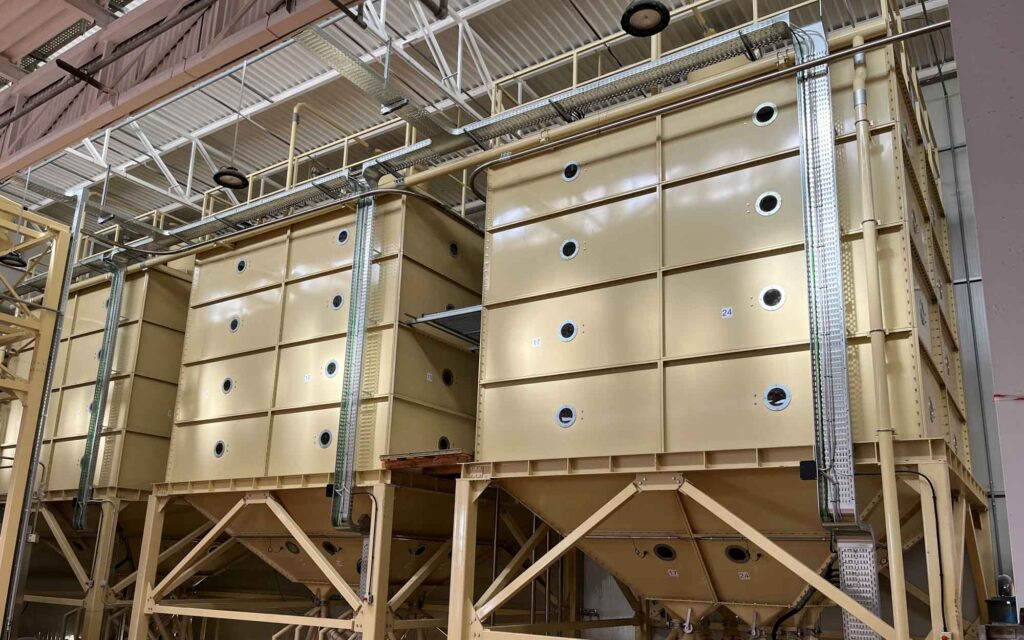
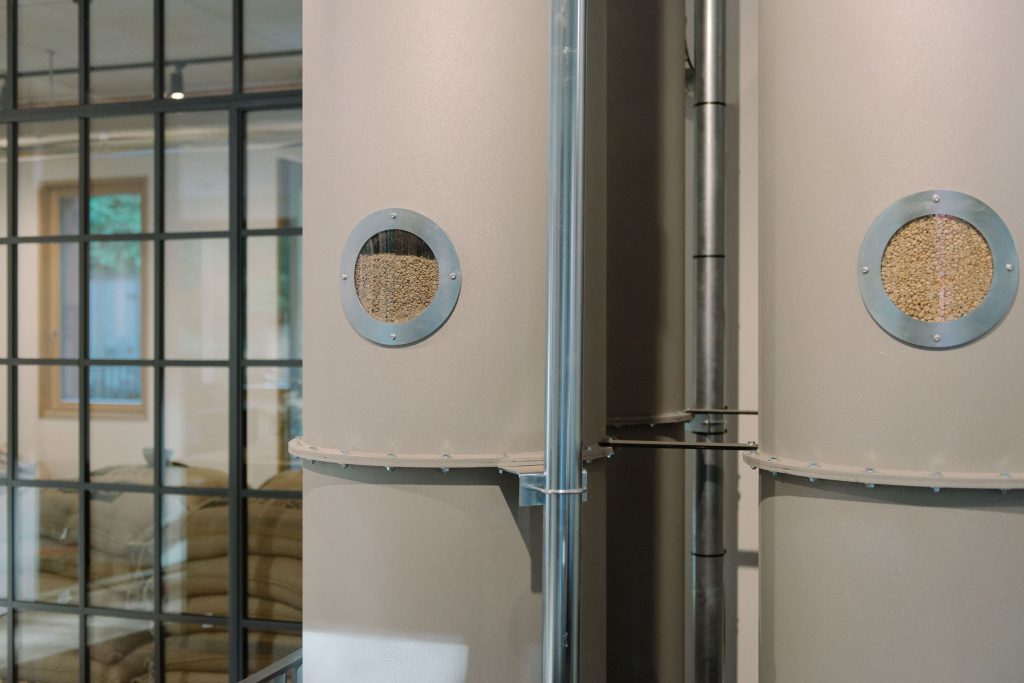

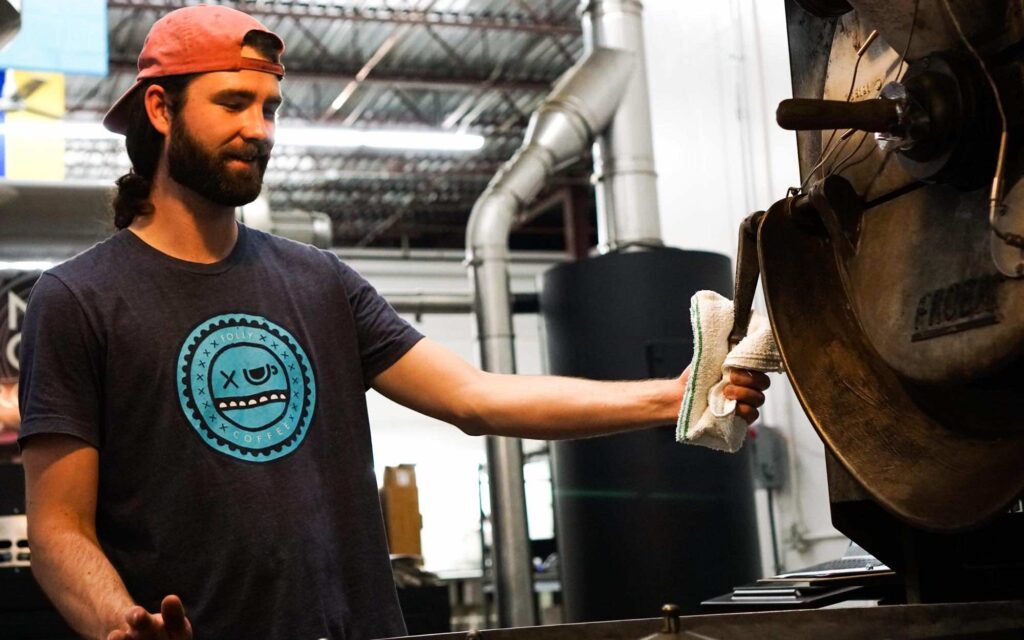
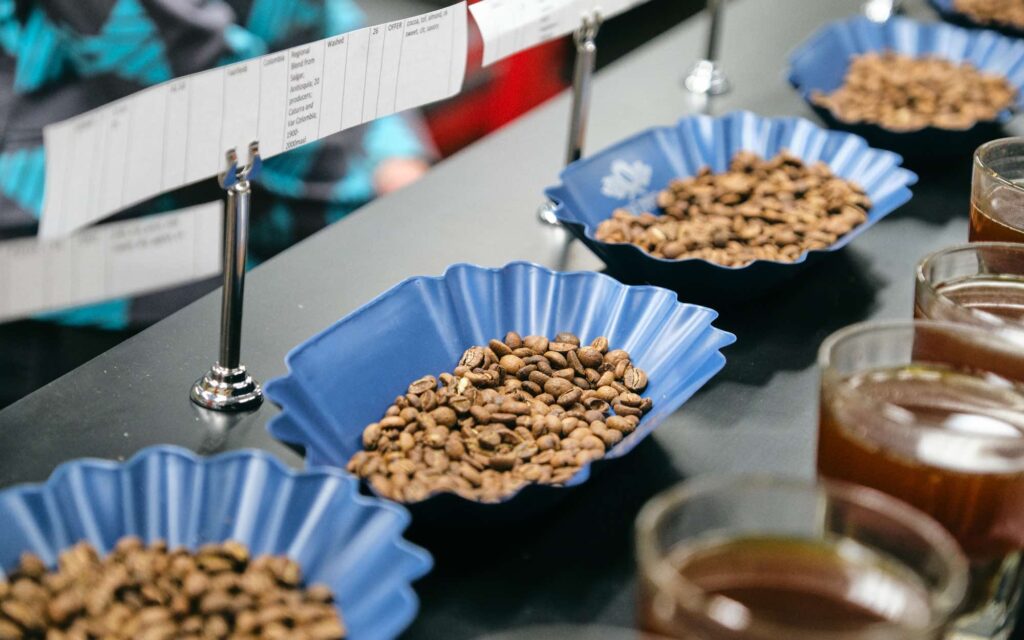
Responses